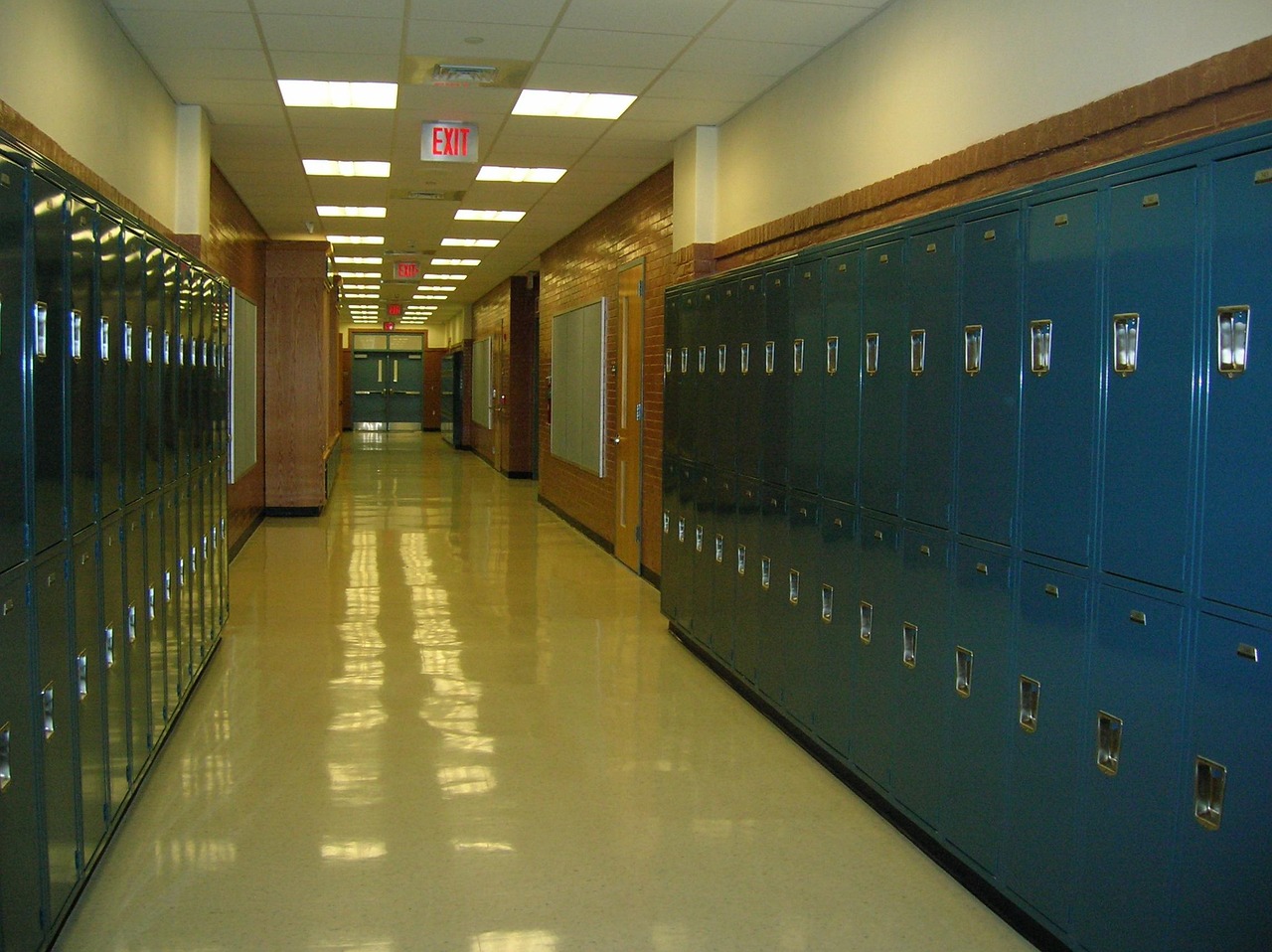The eye-catching cover design had been tempting me for a while before I picked up…
What is the best way to arrange a bookshelf?
You might have heard of Horace Mann’s quote that likens a house without books to a room without windows. For the past year, I’ve been enduring life in such a bookcase-less wasteland while our house has been renovated. Books have been present, but tumbling from wardrobe shelves and in a bedside pile. However, the happy day has arrived in which my bookshelf has been built and painted, and it is time to arrange my books.
Apart from the obvious joy that this will bring, I am undecided on exactly how I should be arranging my books.
After all, there are some very different methods to choose from, inspired by some of my favourite characters and authors.
- The Eleanor Oliphant approach
With her no-nonsense attitude, Eleanor Oliphant would have arranged her books in alphabetical order by author. This is a sensible approach, making it easy to find books once they have been shelved.
However, it is not without drawbacks. One is the difficulty in fitting in new books that are part of a collection that will be expanding … something which is likely to happen. If I get too many books by authors whose names start with ‘M’, will I then have to shift every letter that comes after ‘m’ to make space? Or do I just try to estimate how many of each there will be? Alternatively, I could buy books only written by authors whose names start with a letter with space around it.
The other problem is that the shelves are different sizes to accommodate different types of books, so it will be problematic if the name of an author who wrote a particularly tall story falls on a small shelf. Perhaps Eleanor wouldn’t have been as easily convinced of this method as I might have thought.
- The Tim Winton approach
Perhaps I should arrange my books by popularity. Just as Tim Winton’s latest always inhabits prime real estate at any bookstore, so I should place my favourite books at eye level. This will mean that each time I pass, I gaze adoringly at the books that I have enjoyed the most (hello, We Need to Talk About Kevin, The God of Small Things, All That I Am…). It also increases the chance that visitors will see and start a conversation about these books, giving me the opportunity to talk again and again about my favourites. This may backfire if it prevents any visitors from returning.
However, as a bonus, I could stick the novels that failed to finish up the top, where I can forget they ever existed.
- The Very Hungry Caterpillar approach
Just as chronology was all-important in Eric Carle’s The Very Hungry Caterpillar, perhaps it could also be a useful way of shelving books. The children’s books could go down the bottom (which would make sense), so how about I continue with teen or young adult reads next (Bridge to Terabithia, Are You There, God? It’s Me, Margaret and the Goosebumps series), followed by my angst-ridden university favourites (The Unbearable Lightness of Being and The Alchemist), the easy and relaxing reads I enjoyed when my children were babies (The No.1 Ladies’ Detective Agency) and finally, my most recent reads (The Choke, Wimmera and Eleanor Oliphant is Completely Fine), and finally, shelves of to-be-reads.
The only problem here is that the books would only reach shoulder height, at best, while the bookcase extends almost to the roof. As much as I believe bookcases are more about substance than style, I’m not sure about the appearance of a half-empty bookshelf with all of the books creeping up from the bottom.
- The Jane Eyre approach
Sensible, but a little bold and gutsy, I could take a different tack by arranging my books by genre. It could be fun, but still quite practical. The classics would go on one shelf, and chick lit on another. I could place my modern Australian fiction on a separate shelf to Rohinton Mistry’s books, across the way from my paltry collection of biography or non-fiction?
Unfortunately, I fear that my fiction collection would be the only full shelves, with all of the other genres forming sad little, neglected groups on either side. My preferences and predictability might be a little too hard to hide.
- The Lucky Jim approach
Should I do as Lucky Jim would have and scatter my books on the shelf with wild abandon, randomly finding books from long ago, perched beside recent bestsellers? A part of me likes the idea of a bookcase that is wonderfully disorganised, but I fear that it would just be too frustrating when I was looking for that book that I wanted to lend a friend, or another that I wanted to re-read. While romantic, this method is too impractical for my orderly soul and impatient nature.
- Colour-coded
Not an option
Not an option
Instead of taking the lead of characters, perhaps I should look closer to home and reality and take a leaf out of the book of the professionals – librarians. They know the beauty of the alphabetical system, and who am I to argue? They also understand the value of different books being shelved in different areas, and so, while I will not separate out genres, I will keep my fiction separate to my meagre selection of non-fiction books (one by the Dalai Lama, one of my husband’s business motivation titles, some parenting books and dictionaries).
And if all else fails and it doesn’t work, I won’t complain if I have to take down each of those books and shelve them in a different way. After all, for me, gazing at each of the books on my shelves is not all that different to looking through the windows into which Horace Mann alludes.




I really enjoyed this post. Who would have thought that there were so many ways to shelve books!